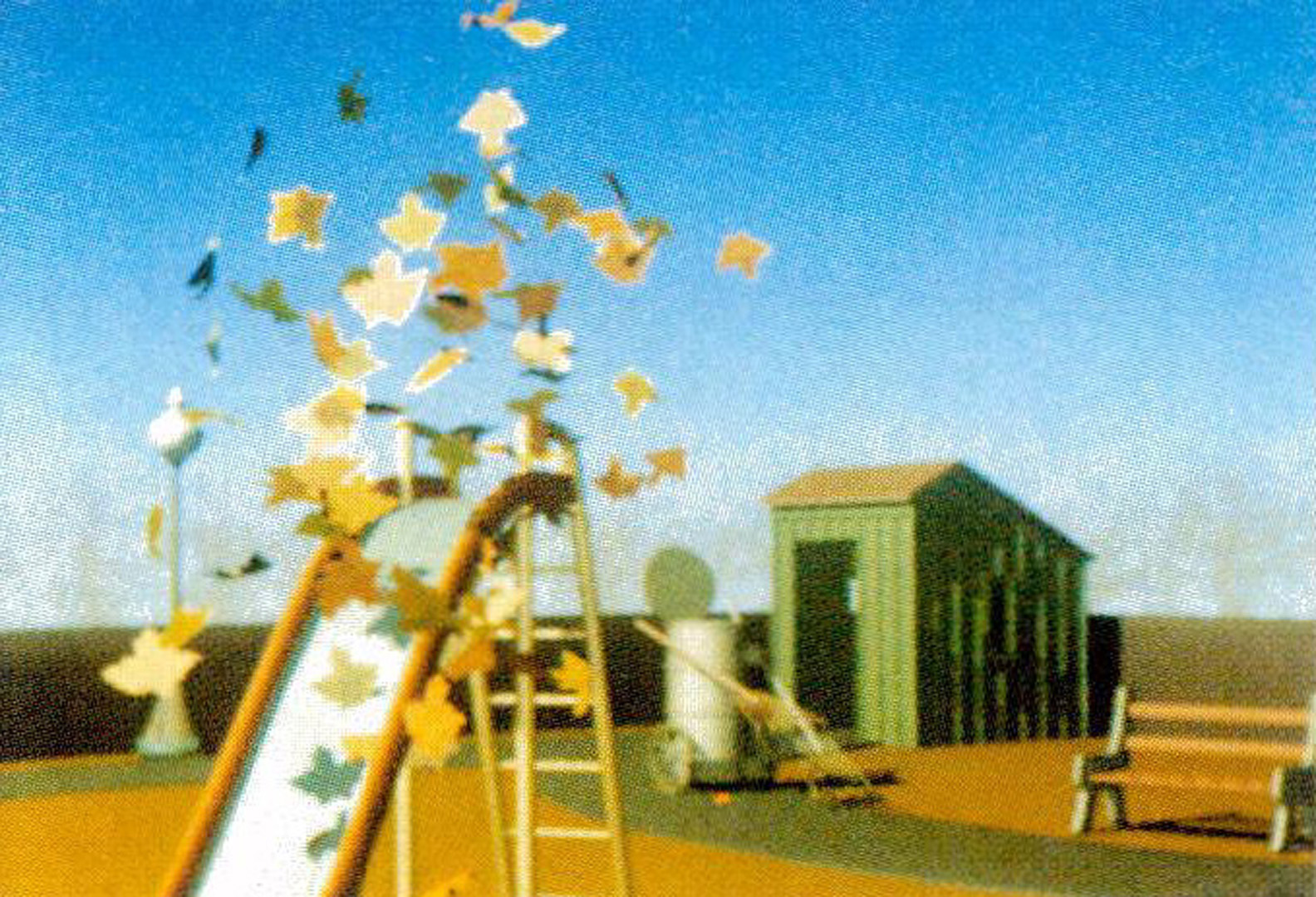“Animation aerodynamics” by Wejchert and Haumann
Conference:
Type(s):
Title:
- Animation aerodynamics
Presenter(s)/Author(s):
Abstract:
Methods based on aerodynamics are developed to simulate and control the motion of objects in fluid flows. To simplify the physics for animation, the problem is broken down into two parts: a fluid flow regime and an object boundary regime. With this simplification one can approximate the realistic behaviour of objects moving in liquids or air. It also enables a simple way of designing and controlling animation sequences: from a set of flow primitives, an animator can design the spatial arrangement of flows, create flows around obstacles and direct flow timing. The approach is fast, simple, and is easily fitted into simulators that model objects governed by classical mechanics. The methods are applied to an animation that involves hundreds of flexible leaves being blown by wind currents.
References:
1. Anderson J (1985) “Fundamentals of Aerodynamics”, Mc(~raw-I lill Publishers.
2. Barzcl R, Barr A (1988) “A Modeling System based on Dynamic Constraints”, Computer Graphics (SI(;(;RAPIt 88 Proceedings) 22 (4) 179.
3. Feynman R, Leighton R, Sands M (1965) “The Feynman Lectures on Physics’, Addison Wesley.
4. l:ournicr A, Reeves W (1986) “A Simple Model of Ocean Waves”, Computer Graphics (SIGGRAPH “86 Proceedings) 20 (4) 75.
5. I laumann D, Parent R (1988) “The Behavioral Test- Bed’ Obtaining Complex Behavior from simple Rules” ‘l’he Visua| Computer 4 (6) 332.
6. Kass M, Miller G (1990) *Rapid, Stable Fluid Dynamics for Computer Graphics” Computer Graphics (SI(;(; RAPI ! 90 Proceedings) 24 (4) 49.
7. Miller (;, Pearce A (1989) “Globular Dynamics: A Connected Particle System for Animating Viscous Fluids”, Computers and Graphics, Vol 13, 305.
8. Norton A, ‘Furk G, Bacon R (1990) “Animation and Fracture by Physical Modeling”, To appear in “The Visual (?omputcr”.
9. I’allrrsofl A (I 989) “A First Course in Fluid Dynamics” Can~hridge University Press.
10. Pilnlado X, |:uimc E (1989) “Grafields: Field-Directed l)y~~amic Splines for Interactive Motion Control” Conlpulcrs and (;raphics Vol 13, 77.
11. Plalt .I, Barr A (1988) “Constraint Methods for Flexible Models”, Computer Graphics (S|GGRAP{! 88 Procccdir~gs) 22 (4) 279.
12. Recvcs W (1983) “Particle Systems – A Technique for M~dclin~ a Class of Fuzzy Objects” Computer (}rapimics (S|G()RAPll 83 Proceedings) 17 (3) 359.
13. Sims K (1990) “Partic|o Animation and Rendering Using l)ata Parallel Computation”, Computer Graphics (SI(;(;RAPI I 90 Proceedings) 24 (4) 405.
14. Tcrzopoulos D, Platt J, Barr A, Fleishcer K (1987) “|:~laslically Deformanblo Models”, Computer Graphics (SI(;(;RAP|! 87 Proceedings) 21 (4) 205.




